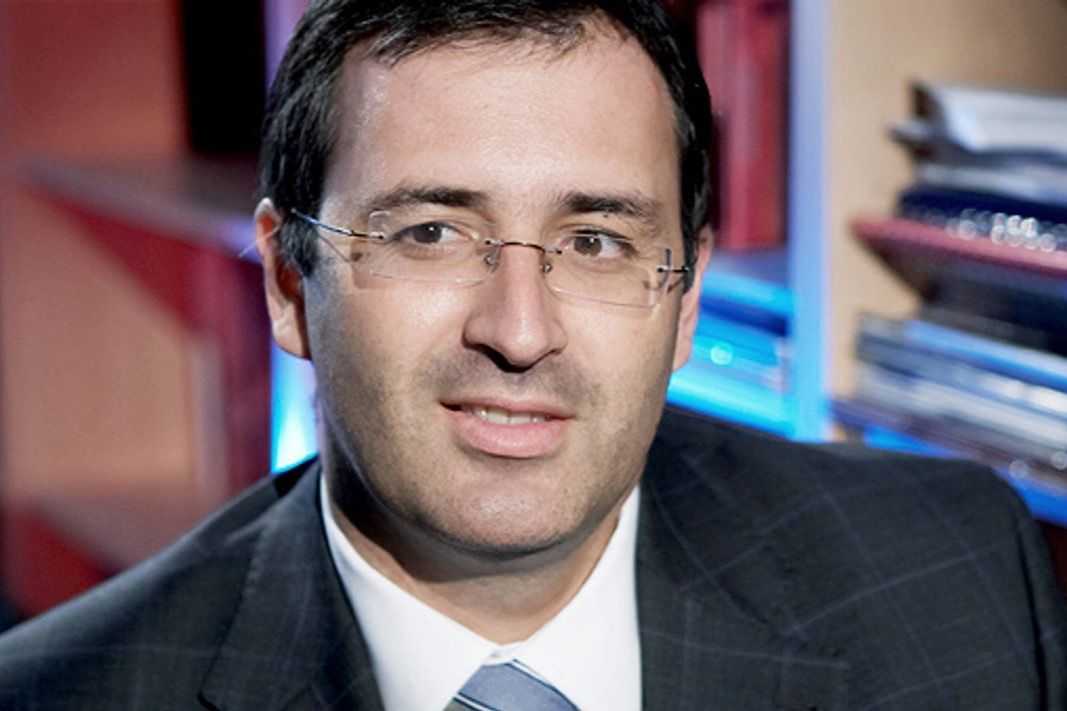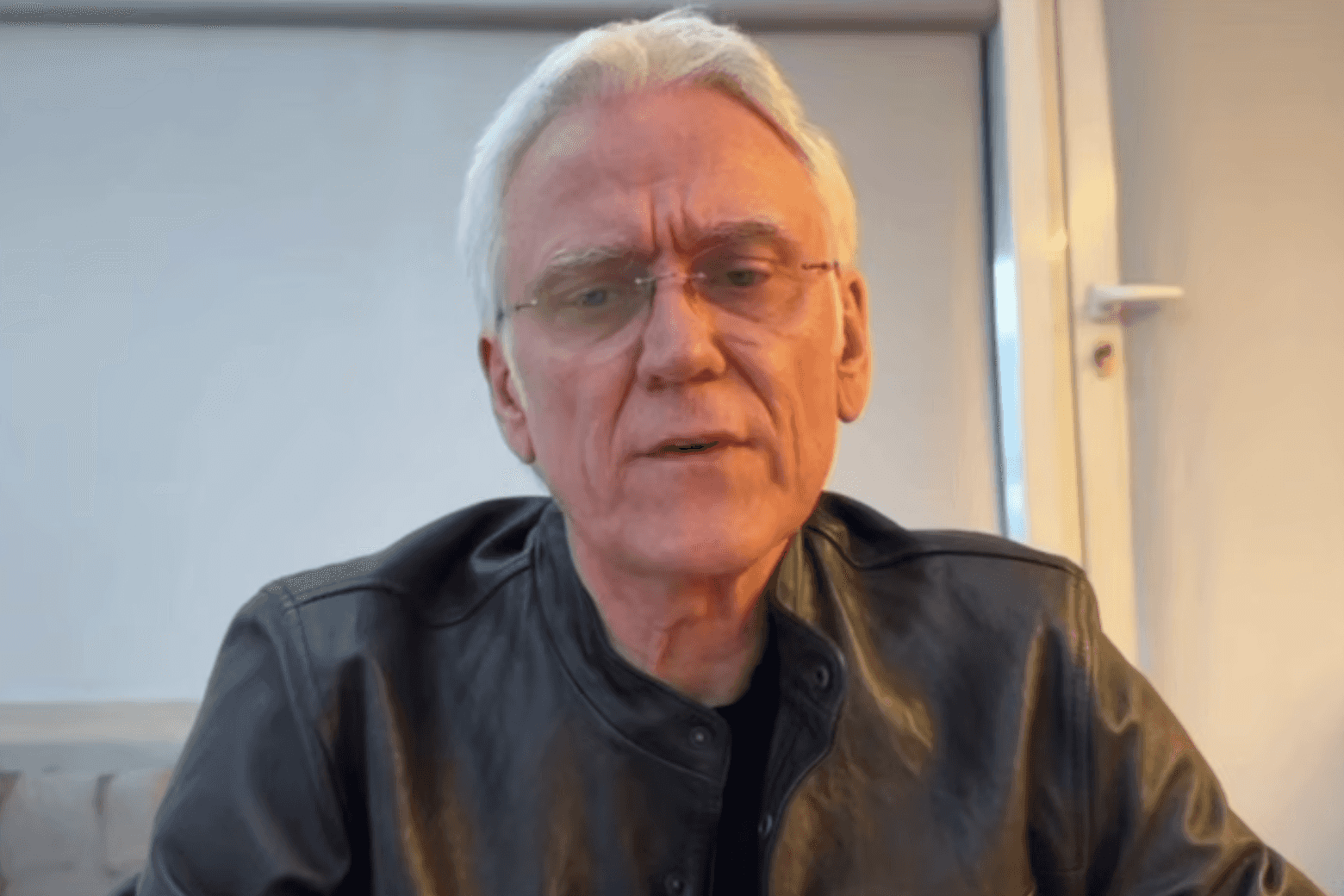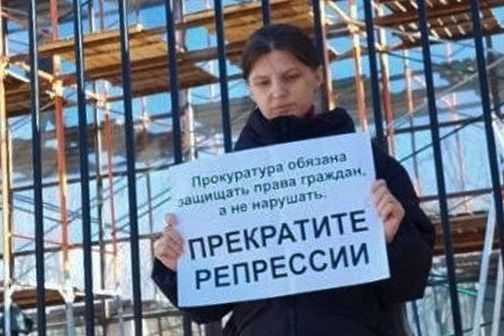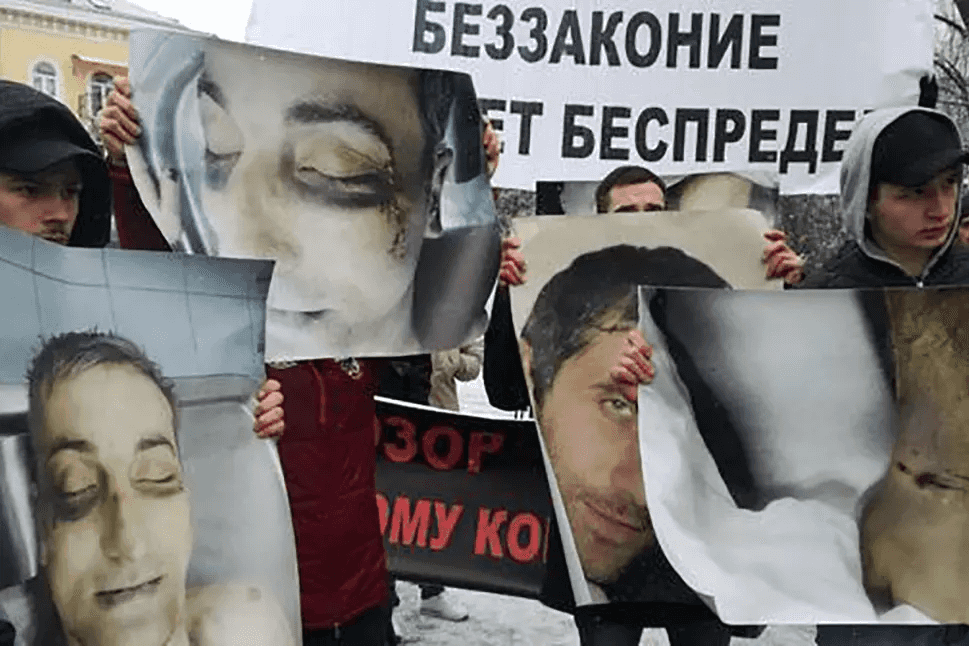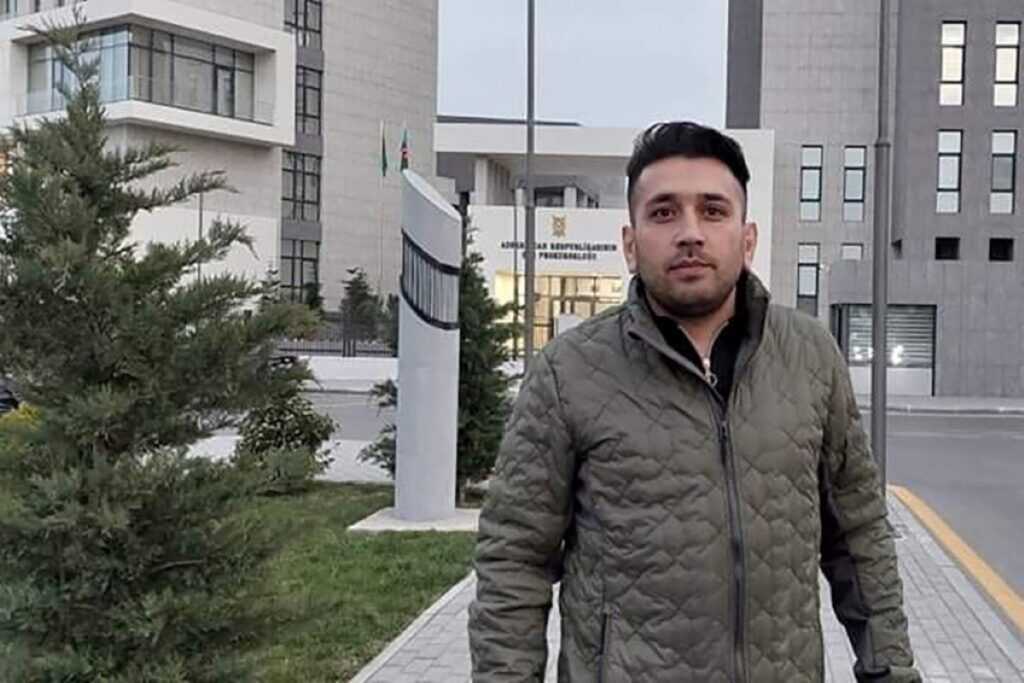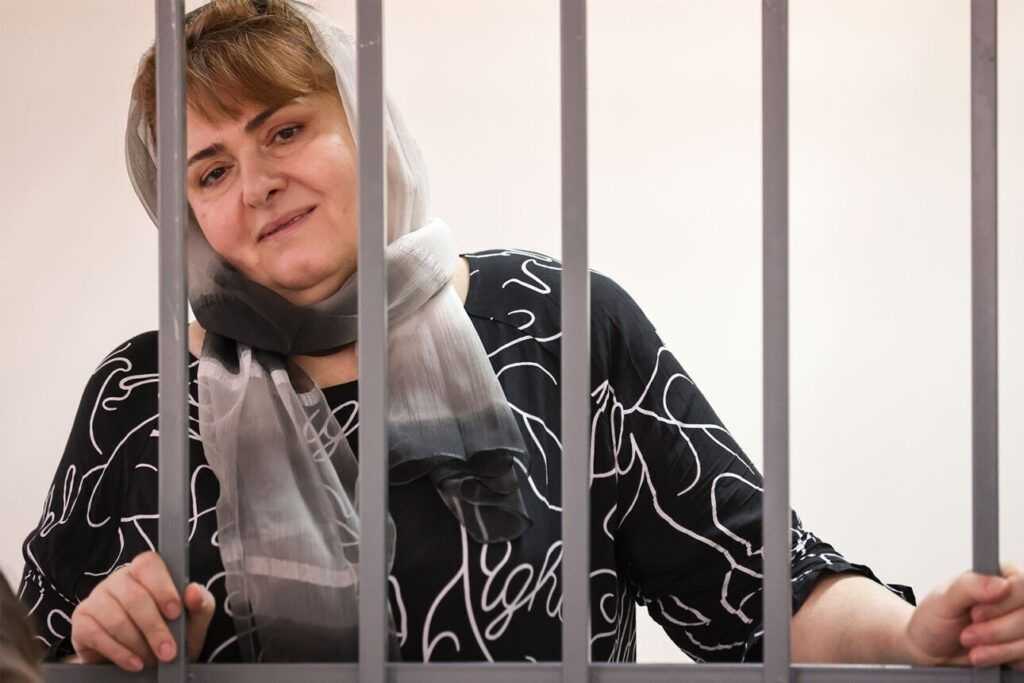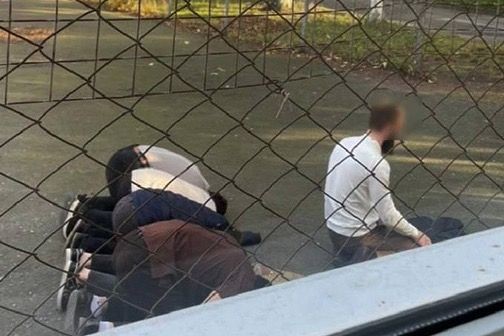
Following the publication of a photograph showing students from the North Ossetian State Medical Academy (SOGMA) performing an Islamic prayer in the courtyard of the institution, officials have reacted sharply, including calling on the academic administration to engage in ‘preventative work’.
The photograph was published on Wednesday by the far-right Russian Telegram channel Mnogonatsional.
According to the publication, such prayers take place ‘in public spaces’ — not in prayer rooms and not in specially designated halls, which, according to the authors of the message, indicates ‘unauthorised missionary activity’ aimed at demonstrating ‘the superiority of their religion’.
The channel also claimed that some students allegedly bring weapons to classes, get into conflicts, threaten teachers, and that the security and administration of the educational institution do not react to this, which, in the authors’ opinion, leads to growing ‘permissiveness’.
The North Ossetian Human Rights Commissioner, Tamerlan Tsgoev, reacted to the post, noting that in recent years, the ethnic and confessional composition of students at SOGMA has changed sharply. According to him, significant groups of applicants from India, Pakistan, and Bangladesh, as well as from some African countries and from the neighbouring republics of the North Caucasus, have appeared — many of whom practise Islam, Hinduism, and Buddhism.
According to Tsgoev, unlike foreign students, it is North Caucasian students who ‘have conflict potential’. He stated that previous conflicts were ‘extinguished’ thanks to the intervention of government structures and public activists, but that systemic work was not carried out.
In his own Telegram channel, Tsgoev called on the university administration to ‘conduct preventive work’, namely, to explain to students how their religious practices relate to the requirements of secular higher education in a multi-ethnic society.
The rector of SOGMA, Oleg Remizov, in a comment to the local media outlet Abon, called the reports about mass provocations and the bringing of weapons ‘fake’. He stated that representatives of different religions study at the academy, the educational process is not disrupted, and no obstacles are created to students’ freedom of religion.
According to him, the university has no recorded cases of threats to teachers or conflicts related to prayers, and he added that the administration had already appealed to the North Ossetian Prosecutor General’s Office with a request to identify those involved in spreading inaccurate information and to hold them accountable for inciting interreligious hatred.
Official data indicates a significant increase in the proportion of foreign students in North Ossetian universities. In 2025, more than 500 foreign applicants enrolled in the region’s higher educational institutions, with SOGMA remaining the leader in the number of admissions. More than 300 students are from India alone.
The number of students from North Caucasian republics is not present in public statistics.





